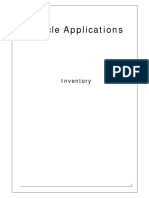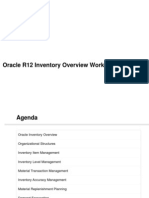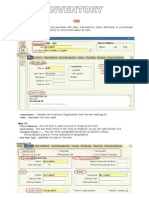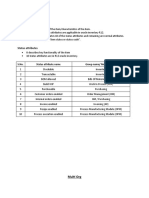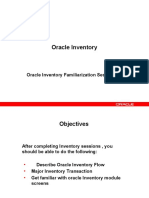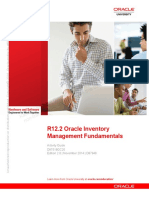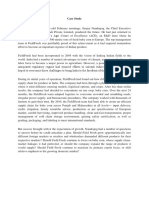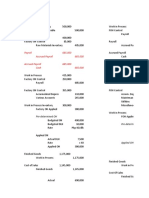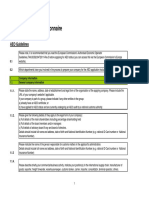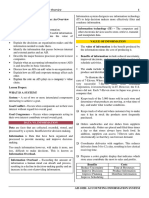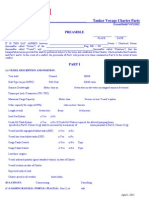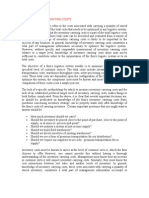0% found this document useful (0 votes)
48 views36 pagesOracle SCM Inventory Module
The Oracle SCM Inventory Module facilitates the management of goods flow from suppliers to customers, encompassing inventory, purchasing, manufacturing, order management, and logistics. It includes features for tracking stock levels, managing organizations, and conducting various inventory transactions, such as inter-org transfers and miscellaneous transactions. The module supports efficient supply chain operations through defined organizational structures, inventory capabilities, and planning methods.
Uploaded by
Ashwini PinnaCopyright
© © All Rights Reserved
We take content rights seriously. If you suspect this is your content, claim it here.
Available Formats
Download as PPTX, PDF, TXT or read online on Scribd
0% found this document useful (0 votes)
48 views36 pagesOracle SCM Inventory Module
The Oracle SCM Inventory Module facilitates the management of goods flow from suppliers to customers, encompassing inventory, purchasing, manufacturing, order management, and logistics. It includes features for tracking stock levels, managing organizations, and conducting various inventory transactions, such as inter-org transfers and miscellaneous transactions. The module supports efficient supply chain operations through defined organizational structures, inventory capabilities, and planning methods.
Uploaded by
Ashwini PinnaCopyright
© © All Rights Reserved
We take content rights seriously. If you suspect this is your content, claim it here.
Available Formats
Download as PPTX, PDF, TXT or read online on Scribd
/ 36






